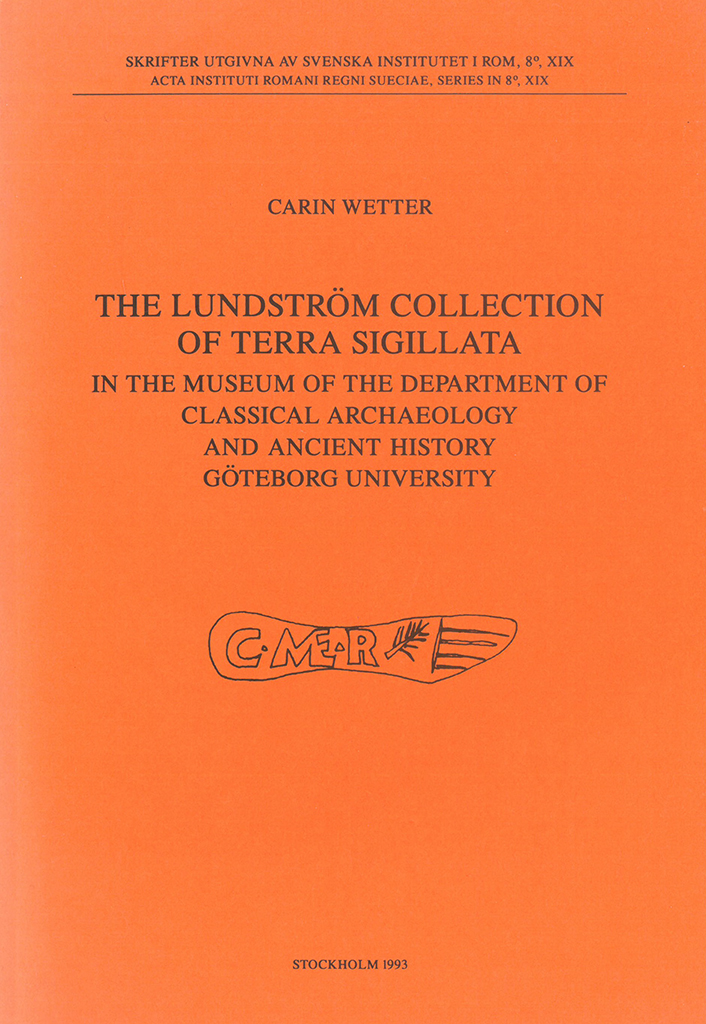Opuscula 4 (2011) is now available for purchase and free download at Bokorder.se. Also available at Amazon.com, Amazon.de, Bokus.com, and Adlibris.com. Italian dreams, Roman longings. Vilhelm Lundström and the first Swedish philological-archaeological course in Rome, 1909 By Anna Blennow & Frederick Whitling Abstract In Sweden, the future of Classical Philology and the study of the ancient past remain uncertain a century after the first Swedish university course in Rome, led by Vilhelm Lundström, Professor of Latin at Gothenburg, and the simultaneous establishment of the study of Classical Archaeology and Ancient History in Swedish academia in 1909. The institutionalisation of the Swedish scholarly presence in Rome materialised with the establishment of the Swedish Institute in Rome (SIR) in 1925, and its inauguration the following year—partly as a result of Lundström’s pioneering initiative. The present article discusses the implications of Lundström’s course in Rome as well as in Sweden, and sheds light on his neohumanist vision of an integrated study of antiquity; with Classical Archaeology and Ancient History as integral elements of Classical Philology. This vision lay abandoned throughout the twentieth century, but deserves to be taken into account when discussing how philology relates to archaeology, or considering the study of antiquity…
Distributed by Astrom Editions. The Lundström collection of terra sigillata in the Museum of the Department of Classical Archaeology and Ancient History, Göteborg University By Carin Wetter This study is and investigation of the collection of stamped terra sigillata sherds which is stored at the Museum of the Department of Classical Archaeology and Ancient History at Göteborg University. The sherds were bought in 1909 by Vilhelm Lundström, the professor of Latin at the newly founded Göteborgs Högskola (1891), when visiting Rome with his students. It is argued that there are reasons to assume that the sherds were not only bough in Rome but that they were also found there, as was, for example, the well-known Riese Collection, bought there at the same time, and furthermore that this was due to the extensive excavations alongside the River Tiber when the embankments were built. The aim of the investigation is to interpret the stamps, to identify the workshops and, if possible, to establish the shape of the vessel of which the sherd was once a part. For this purpose, the description of the stamp has been complemented with photographs and meticulous drawings. To facilitate the difficult task of establishing the shape of…


